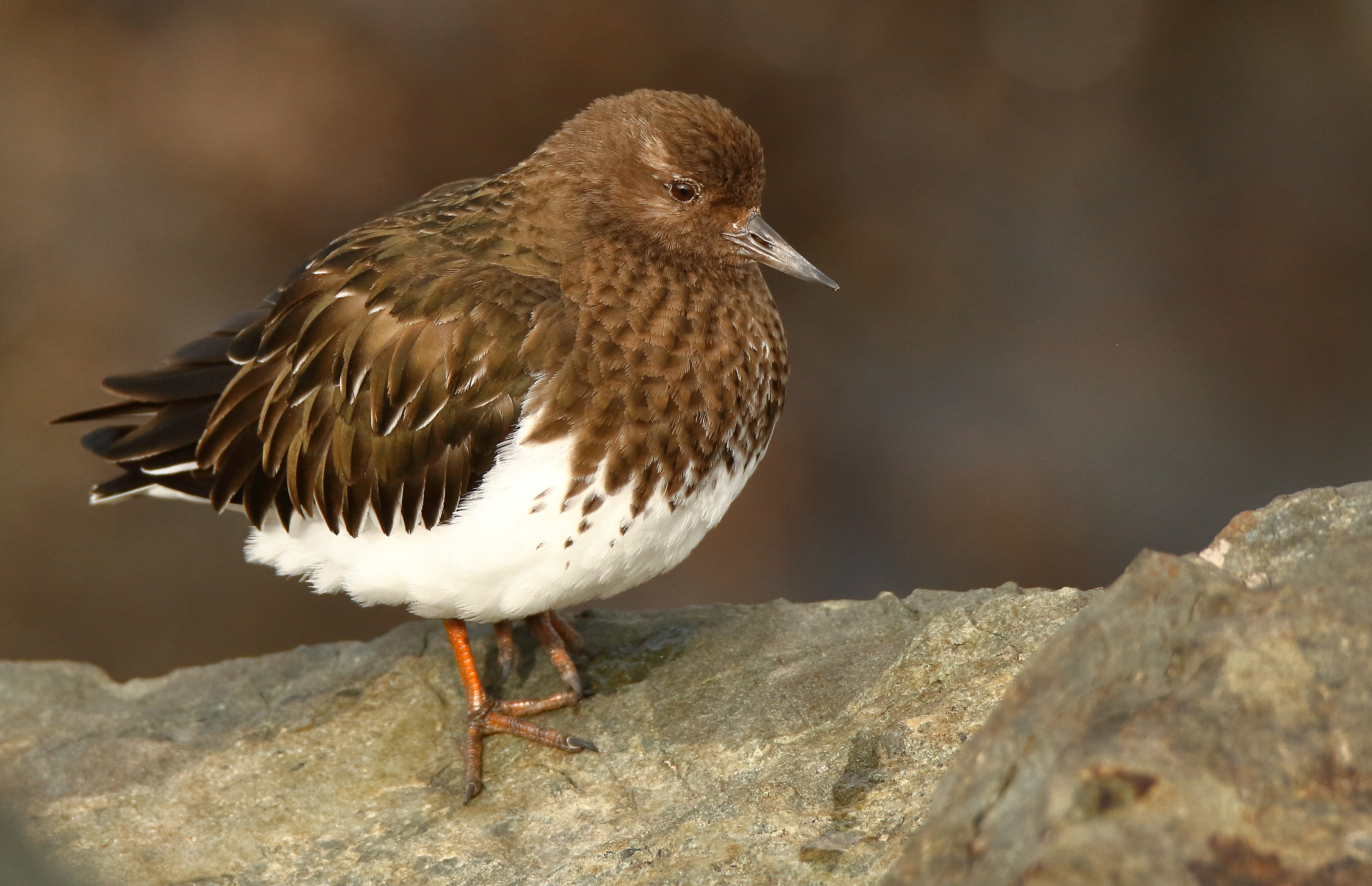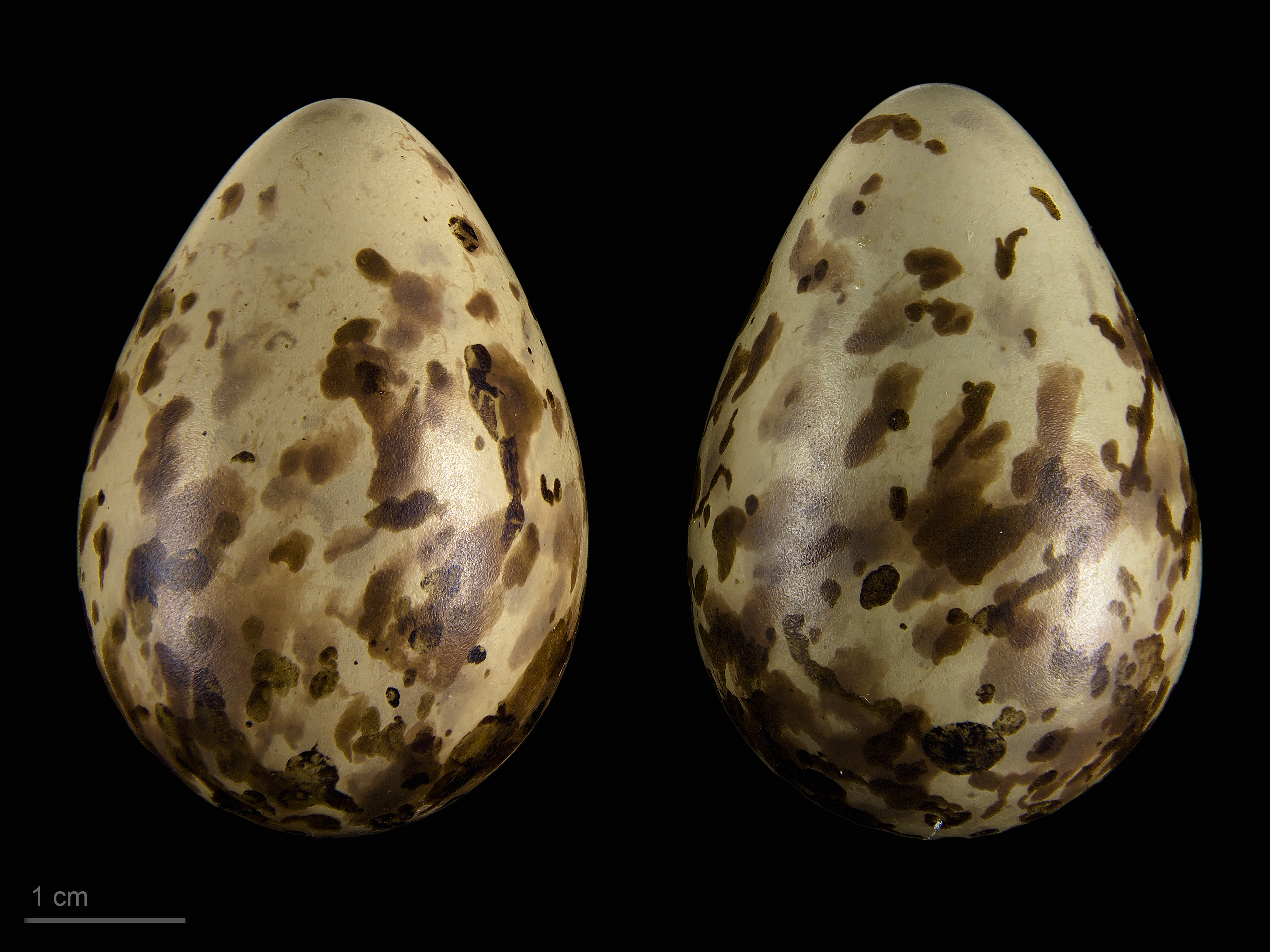|
Turnstone
Turnstones are two bird species that constitute the genus ''Arenaria'' in the family Scolopacidae. They are closely related to calidrid sandpipers and might be considered members of the tribe Calidriini. The genus ''Arenaria'' was introduced by the French zoologist Mathurin Jacques Brisson in 1760 with the ruddy turnstone (''Arenaria interpres'') as the type species. The genus name ''arenaria'' is from Latin ''arenarius'', "inhabiting sand", from ''arena'', "sand". The genus contains two species: the ruddy turnstone (''Arenaria interpres'') and the black turnstone (''Arenaria melanocephala''). Both birds are waders. Their length is typically between 20 and 25 cm, with a wingspan between 50 and 60 cm and a body mass between 110 and 130g. For waders their build is stocky, with short, slightly upturned, wedge shaped bills. They have white patches on the back, wings and tail. They are high Arctic breeders, and are migratory. Their strong necks and powerful, slightly ... [...More Info...] [...Related Items...] OR: [Wikipedia] [Google] [Baidu] |
Arenaria Interpres
The ruddy turnstone (''Arenaria interpres'') is a small cosmopolitan wading bird, one of two species of turnstone in the genus ''Arenaria''. It is now classified in the sandpiper family Scolopacidae but was formerly sometimes placed in the plover family Charadriidae. It is a highly migratory bird, breeding in northern parts of Eurasia and North America, and flying south to winter on coastlines almost worldwide. It is the only species of turnstone in much of its range and is often known simply as turnstone. Taxonomy The ruddy turnstone was formally described by the Swedish naturalist Carl Linnaeus in 1758 in the tenth edition of his ''Systema Naturae'' under the binomial name ''Tringa interpres''. The species is now placed together with the black turnstone in the genus '' Arenaria'' that was introduced by the French zoologist Mathurin Jacques Brisson in 1760 with the ruddy turnstone as the type species. The genus name ''arenaria'' is from Latin ''arenarius'', "inhabiting sand" ... [...More Info...] [...Related Items...] OR: [Wikipedia] [Google] [Baidu] |
Ruddy Turnstone
The ruddy turnstone (''Arenaria interpres'') is a small Cosmopolitan distribution, cosmopolitan wader, wading bird, one of two species of turnstone in the genus ''Arenaria''. It is now classified in the sandpiper family Scolopacidae but was formerly sometimes placed in the plover family Charadriidae. It is a highly bird migration, migratory bird, breeding in northern parts of Palearctic, Eurasia and North America, and flying south to winter on coastlines almost worldwide. It is the only species of turnstone in much of its range and is often known simply as turnstone. Taxonomy The ruddy turnstone was Species description, formally described by the Swedish naturalist Carl Linnaeus in 1758 in the 10th edition of Systema Naturae, tenth edition of his ''Systema Naturae'' under the binomial nomenclature, binomial name ''Tringa interpres''. The species is now placed together with the black turnstone in the genus ''Arenaria (bird), Arenaria'' that was introduced by the French zoologist Ma ... [...More Info...] [...Related Items...] OR: [Wikipedia] [Google] [Baidu] |
Black Turnstone
The black turnstone (''Arenaria melanocephala'') is a species of small wading bird. It is one of two species of turnstone in the genus ''Arenaria'' the ruddy turnstone (''A. interpres'') being the other. It is now classified in the sandpiper family, Scolopacidae, but was formerly sometimes placed in the plover family, Charadriidae. It is native to the west coast of North America and breeds only in Alaska. Description It is 22–25 centimeters long and weighs 100–170 grams. The black bill is 20–27 millimeters long and slightly upturned. The legs and feet are blackish-brown with a reddish tinge. The bird is largely black and white in appearance. Breeding-plumaged adults have a black head and breast apart from a white spot between the eye and bill, a white stripe over the eye and white flecks on the sides of the breast. The upper parts are blackish-brown with pale fringes to the wing-coverts and scapular feathers. The belly and vent are white. In flight it shows a white wingbar ... [...More Info...] [...Related Items...] OR: [Wikipedia] [Google] [Baidu] |
Scolopacidae
Scolopacidae is a large family of shorebirds, or waders, which mainly includes many species known as sandpipers, but also others such as woodcocks, curlews and snipes. Most of these species eat small invertebrates picked out of the mud or soil. Different lengths of bills enable multiple species to feed in the same habitat, particularly on the coast, without direct competition for food. Sandpipers have long bodies and legs, and narrow wings. Most species have a narrow bill, but the form and length are variable. They are small to medium-sized birds, measuring in length. The bills are sensitive, allowing the birds to feel the mud and sand as they probe for food. They generally have dull plumage, with cryptic brown, grey, or streaked patterns, although some display brighter colours during the breeding season. Most species nest in open areas and defend their territories with aerial displays. The nest itself is a simple scrape in the ground, in which the bird typically lays three ... [...More Info...] [...Related Items...] OR: [Wikipedia] [Google] [Baidu] |
Purple Sandpiper
The purple sandpiper (''Calidris maritima'') is a small shorebird in the sandpiper family Scolopacidae. This is a hardy sandpiper that breeds in the arctic and subarctic regions of Eurasia and North America and winters further south on the Atlantic coast. Taxonomy The purple sandpiper was formally described in 1764 by the Danish zoologist Morten Thrane Brünnich and given the binomial name ''Tringa maratina''. This species was formerly placed in the genus ''Erolia'', but is now placed with 23 other sandpipers in the genus ''Calidris'' that was introduced in 1804 by the German naturalist Blasius Merrem. The genus name is from Ancient Greek ''kalidris'' or ''skalidris'', a term used by Aristotle for some grey-coloured waterside birds. The specific epithet ''maritima'' is from Latin and means "of the sea", from ''mare'', "sea". The purple sandpiper is treated as monotypic: no subspecies are recognised. Within the genus ''Calidris'' the purple sandpiper is sister to the rock sandp ... [...More Info...] [...Related Items...] OR: [Wikipedia] [Google] [Baidu] |
South Africa
South Africa, officially the Republic of South Africa (RSA), is the Southern Africa, southernmost country in Africa. Its Provinces of South Africa, nine provinces are bounded to the south by of coastline that stretches along the Atlantic Ocean, South Atlantic and Indian Ocean; to the north by the neighbouring countries of Namibia, Botswana, and Zimbabwe; to the east and northeast by Mozambique and Eswatini; and it encloses Lesotho. Covering an area of , the country has Demographics of South Africa, a population of over 64 million people. Pretoria is the administrative capital, while Cape Town, as the seat of Parliament of South Africa, Parliament, is the legislative capital, and Bloemfontein is regarded as the judicial capital. The largest, most populous city is Johannesburg, followed by Cape Town and Durban. Cradle of Humankind, Archaeological findings suggest that various hominid species existed in South Africa about 2.5 million years ago, and modern humans inhabited the ... [...More Info...] [...Related Items...] OR: [Wikipedia] [Google] [Baidu] |
Australia
Australia, officially the Commonwealth of Australia, is a country comprising mainland Australia, the mainland of the Australia (continent), Australian continent, the island of Tasmania and list of islands of Australia, numerous smaller islands. It has a total area of , making it the list of countries and dependencies by area, sixth-largest country in the world and the largest in Oceania. Australia is the world's flattest and driest inhabited continent. It is a megadiverse countries, megadiverse country, and its size gives it a wide variety of landscapes and Climate of Australia, climates including deserts of Australia, deserts in the Outback, interior and forests of Australia, tropical rainforests along the Eastern states of Australia, coast. The ancestors of Aboriginal Australians began arriving from south-east Asia 50,000 to 65,000 years ago, during the Last Glacial Period, last glacial period. By the time of British settlement, Aboriginal Australians spoke 250 distinct l ... [...More Info...] [...Related Items...] OR: [Wikipedia] [Google] [Baidu] |
AEWA
The Agreement on the Conservation of African-Eurasian Migratory Waterbirds, or African-Eurasian Waterbird Agreement (AEWA), is an independent international treaty developed under the auspices of the United Nations Environment Programme's Convention on Migratory Species. Background The Agreement on the Conservation of African-Eurasian Migratory Waterbirds was drafted on 19 June 1995 in The Hague, Netherlands, in order to coordinate efforts to conserve bird species migrating between European and African nations. Description The AEWA is an independent treaty under the auspices of the Convention on Migratory Species, of the United Nations Environment Programme. The agreement focuses on bird species that depend on wetlands for at least part of their lifecycle and cross international borders in their migration patterns. As of 2023 it covered 255 species. As of July 2023, its scope covered territories in 119 Range States stretching from the Arctic to South Africa, encompassing the ... [...More Info...] [...Related Items...] OR: [Wikipedia] [Google] [Baidu] |
Coconut
The coconut tree (''Cocos nucifera'') is a member of the palm tree family (biology), family (Arecaceae) and the only living species of the genus ''Cocos''. The term "coconut" (or the archaic "cocoanut") can refer to the whole coconut palm, the seed, or the fruit, which botanically is a drupe, not a Nut (fruit), nut. Originally native to Central Indo-Pacific, they are now ubiquitous in coastal tropical regions and are a cultural icon of the tropics. The coconut tree provides food, fuel, cosmetics, folk medicine and building materials, among many other uses. The inner flesh of the mature seed, as well as the coconut milk extracted from it, forms a regular part of the diets of many people in the tropics and subtropics. Coconuts are distinct from other fruits because their endosperm contains a large quantity of an almost clear liquid, called "coconut water" or "coconut juice". Mature, ripe coconuts can be used as edible seeds, or processed for Coconut oil, oil and Coconut milk, ... [...More Info...] [...Related Items...] OR: [Wikipedia] [Google] [Baidu] |
Plumage
Plumage () is a layer of feathers that covers a bird and the pattern, colour, and arrangement of those feathers. The pattern and colours of plumage differ between species and subspecies and may vary with age classes. Within species, there can be different colour morph (zoology), morphs. The placement of feathers on a bird is not haphazard but rather emerges in organized, overlapping rows and groups, and these are known by standardized names. Most birds moult twice a year, resulting in a breeding or ''nuptial plumage'' and a ''basic plumage''. Many ducks and some other species such as the red junglefowl have males wearing a bright nuptial plumage while breeding and a drab ''eclipse plumage'' for some months afterward. The painted bunting's juveniles have two inserted moults in their first autumn, each yielding plumage like an adult female. The first starts a few days after fledging replacing the ''juvenile plumage'' with an ''auxiliary formative plumage''; the second a month o ... [...More Info...] [...Related Items...] OR: [Wikipedia] [Google] [Baidu] |






